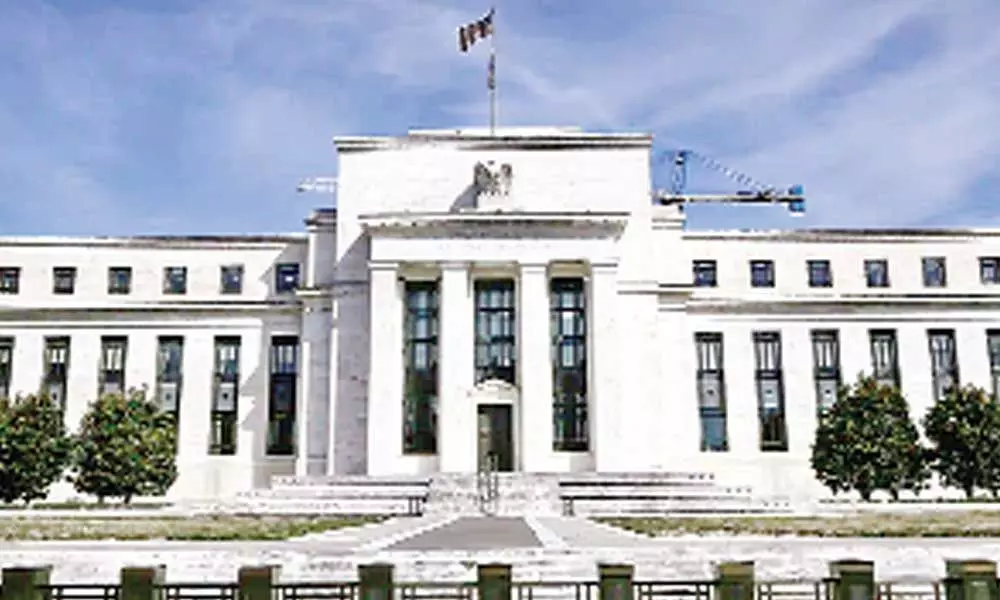Is Fed inflation strategy causing full-blown recession?
The problem is that the Fed has put the new strategy into practice in an unnecessarily extreme way
image for illustrative purpose

The Central bank had made a choice that may be attractive now, because it provides more impetus to an economy recovering from the pandemic. But this benefit will come at a potentially high cost later – a trade-off to which the Fed should be paying greater attention
The US Federal Reserve's new approach to managing inflation, unveiled last summer, makes a lot of sense: By seeking to achieve an average of two per cent - that is, by allowing inflation to overshoot enough to offset previous undershooting - the central bank should be able to keep people's expectations better anchored around the two per cent target.
But unfortunately, the way the Fed is putting this long-term monetary policy framework into practice is likely to result in more volatile interest rates and more risk of recession.
Under the old inflation regime, the Fed simply aimed for 2 per cent at any given moment, and treated past misses as "bygones." This created the risk that persistent undershooting would lead people to expect lower inflation, an outcome that would limit the central bank's ability to fight recessions by lowering interest rates. If, for example, people expected 2 per cent inflation, then a zero-percent nominal federal funds rate would be equivalent to a real (inflation-adjusted) rate of negative 2 per cent. However, if people expected only 1 per cent inflation, then the Fed could take the real rate no lower than negative 1 per cent. The limited room for maneuver threatened to leave the Fed pinned at the zero lower bound, a predicament that the Bank of Japan has grappled with for decades.
Targeting average inflation helps solve the problem. By promising to make up for past misses, the Fed encourages people not to lower their inflation expectations, reducing the risk of a Japan-style outcome. If the central bank's commitment is credible, it should keep expectations more stable throughout the economic cycle.
The problem is that the Fed has put the new strategy into practice in an unnecessarily extreme way. Officials have indicated that they won't raise short-term interest rates from their current near-zero level until three conditions are met: employment has reached its maximum sustainable level, inflation has reached 2 per cent, and inflation is expected to remain above 2 per cent for some time. This means monetary policy will remain loose until overheating begins – and cooling things off will require the Fed to increase interest rates much faster and further than it would if it started raising rates sooner.
The result will be more volatility in short-term rates, and a greater danger of an economic hard landing. The delay in lifting off, for example, is likely to push the unemployment rate considerably below the level consistent with stable inflation, increasing the odds that the Fed will need to tighten sufficiently to push the unemployment rate back up by more than 0.5 percentage point. Over the past 75 years, every time the unemployment rate has moved up this much, a full-blown recession has occurred along with a much more substantial increase in the unemployment rate.
The new framework doesn't require the Fed to take such big risks. Instead, officials could set conditions that allowed the central bank to begin raising rates sooner and more gradually, without this being in conflict with the goal of 2 per cent average inflation. They have made a choice that may be attractive now, because it provides more impetus to an economy recovering from the pandemic. But this benefit will come at a potentially high cost later – a trade-off to which the Fed should be paying greater attention. (Bloomberg)

